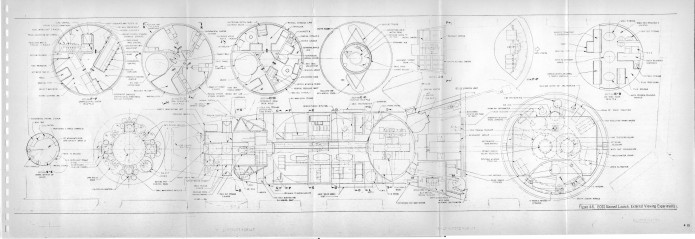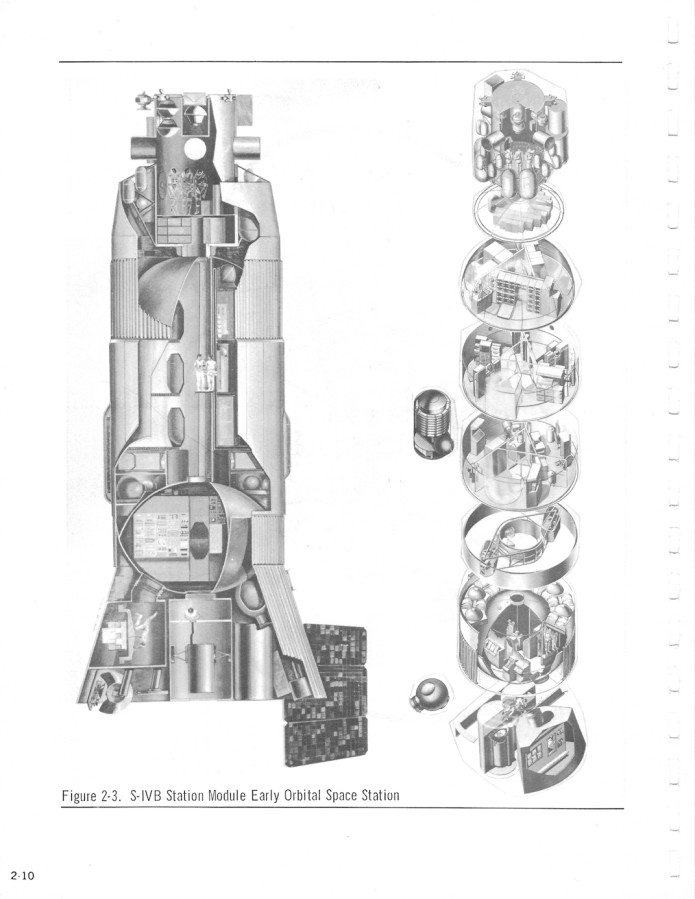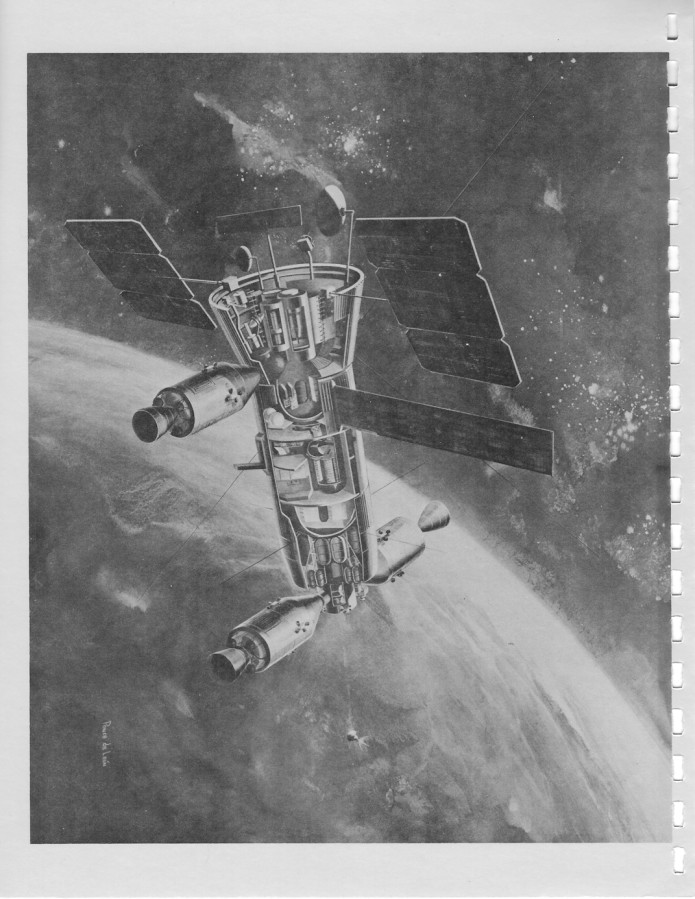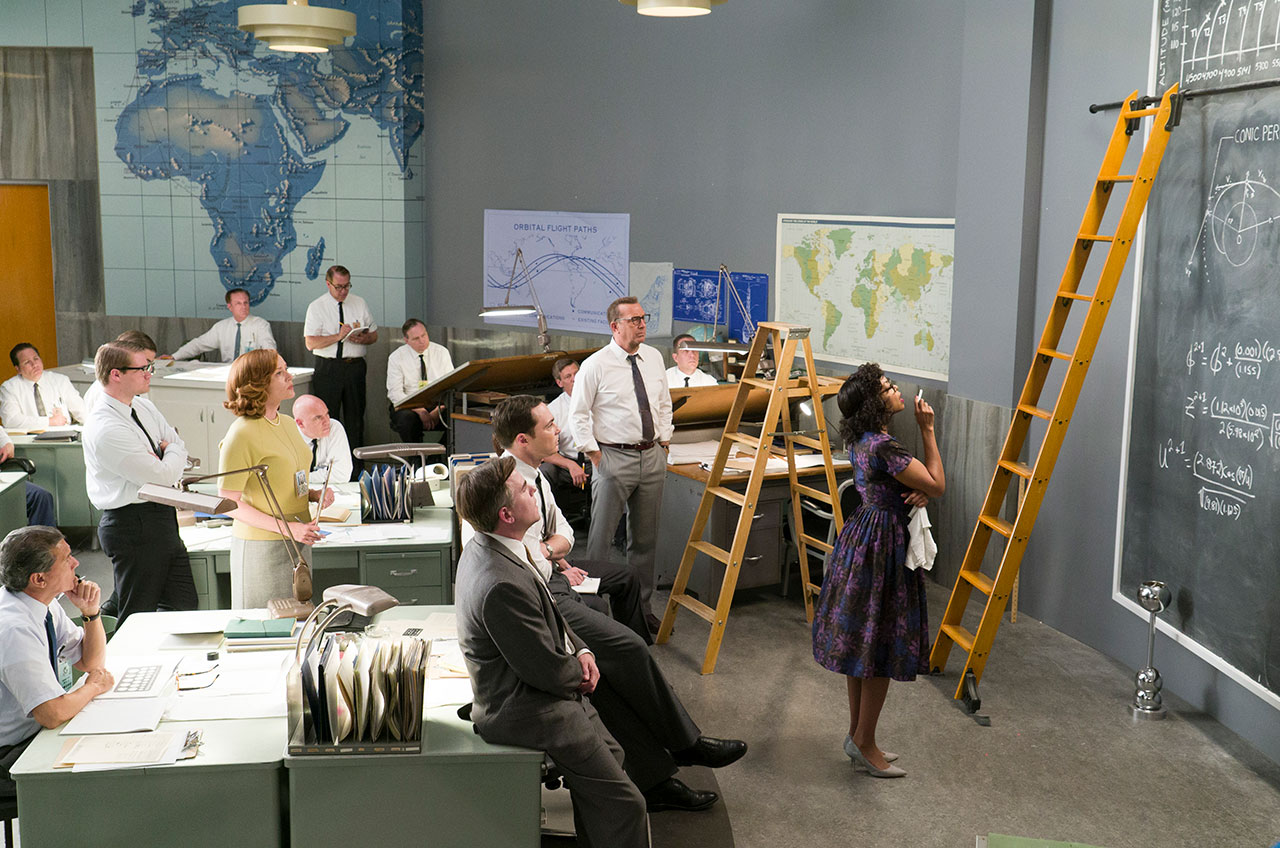I suppose like most people, the vast majority of the dreams I have are utterly forgotten when I wake. A few stick around for a few seconds and quickly fade, leaving nothing but a frustrating “feeling” of memory. But about once a year I have a dream that really sticks with me through the day, with the memory of it reasonably bright and clear. A dream like this about a year ago I scribbled down in story format; it will eventually make its way into my fiction, as it fits in quite well there. But Thursday morning just as I woke up I had another one. Normally I imagine people would have little enough interest in the dreams of others, but this one might amuse readers of this blog.
So: I’m in a lab coat. It is definitely me; while I don’t see me (it’s all first person, seen through my own eyes), I know it to be me. I am in a hurry and moving quickly. Not running, just sorta speed walking. I know that I am late, though it’s not immediately clear what for.
Where I am moving quickly *through* is what’ll be interesting: a giant factory. Brightly lit, mostly painted bright epoxy white, it is a vast facility for the production of a range of rocket vehicles, everything from (seemingly) small space launch vehicles to things bigger than the Saturn V. It’s clearly a mishmash of places I’ve actually been, such as United Tech, ATK and the VAB, along with places I’ve seen in photos and concept art. But at that moment there’s nothing much going on. The lights are on, there are boosters on the assembly lines, a *few* people poking around in the distance, but it’s clearly not the busy time. I’m moving from one vast assembly area to another. I go through a door and someone yells at me that I need a hardhat, which I grab off the wall, put on and continue on my way.
I finally enter one last facility, this one largely open space. A few hundred yards away vast hangar doors are open, mountains visible in the distance. I’m moving quickly towards the open doors. Before I can get to them, someone from my past – someone I knew in my college days – comes around the side of the open door, heading my way; when we meet up she tells me I’m late and that everyone is waiting for me. When we get to the open doors I see a large audience in bleachers, and a smaller group of people dressed like me in lab coats seated in front of the larger group.
And then my cat Buttons started jumping up and down on me, ending the dream.
The dream showed me an alternate history… one where I didn’t go to university at some place off in northern Iowa where Aerospace Engineering was one small subset of a vast array of disparate fields of study, but instead I obtained my education at a giant rocket production complex, seemingly in eastern Colorado (Wyoming? Montana?). Instead of an aerospace education that was almost purely theoretical, with the hopes of maybe finding someplace to put that education to work, here was an alternate history where the work is being done and students get to be surrounded by it while being educated. A place where you graduate in a lab coat and hardhat, not a robe and mortarboard. And likely a place with a *terrible* football team, but that’s ok because who the hell wants to play sportsball when they could be working on rockets? A place where the SJW’s find no purchase, where STEM is dominant.
Sigh.
So, for most of Thursday I was torn between being slightly elated at the basic idea of Just How Awesome That Vision Was… and being horribly bummed out that that not only it didn’t happen, but it couldn’t happen and likely never will happen.
But just imagine: The Musk-Bezos-Drax Industries factory complex northeast of Denver, cranking out interplanetary colonization ships and boosters and spacecraft for the orbital and lunar tourism industries and solar power satellites and asteroid mining, a facility so large it is its own small city with its own university. Students from around the world come there to Space City to learn aerospace, mechanical, electrical, chemical and nuclear engineering, surrounded by actual ongoing work in all those fields, with daily launches and landings from the Fort Morgan launch site.
Awww. I think I just gave myself a sad.





